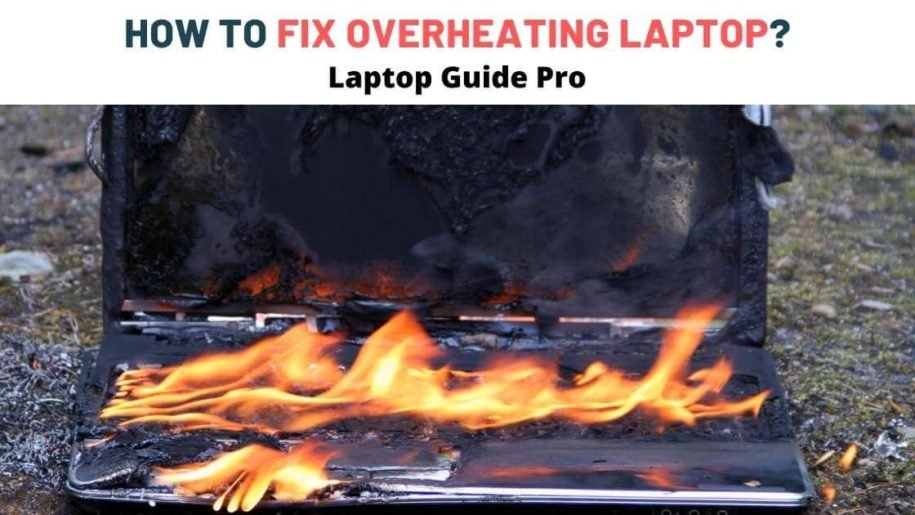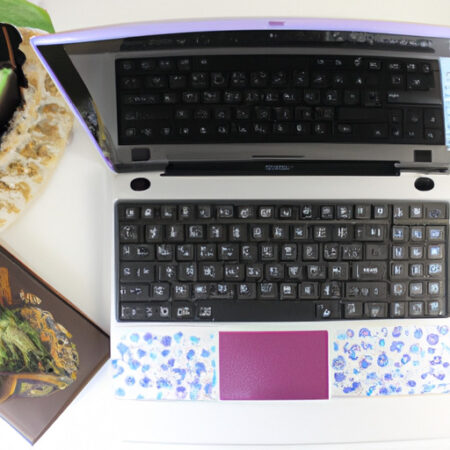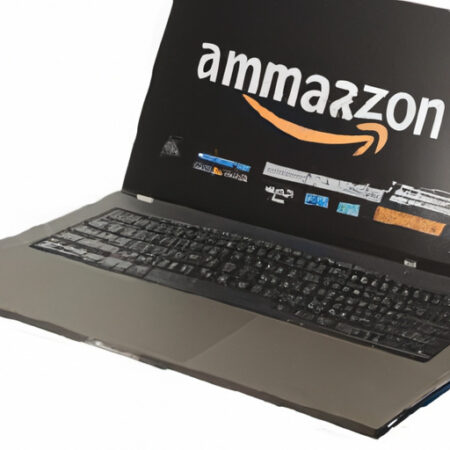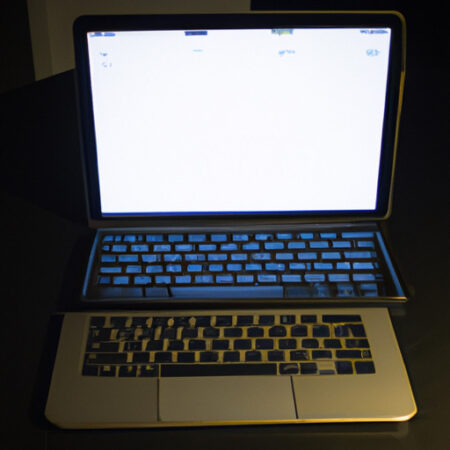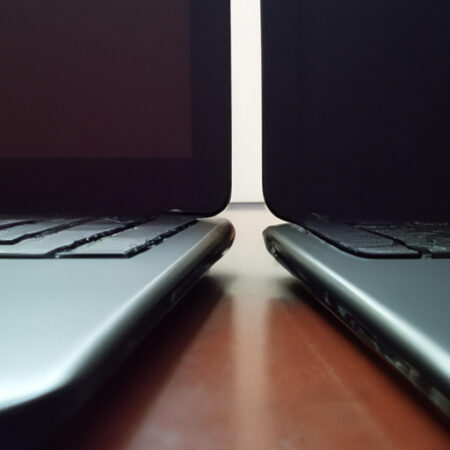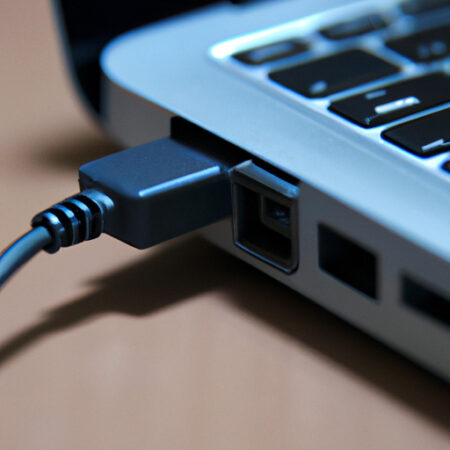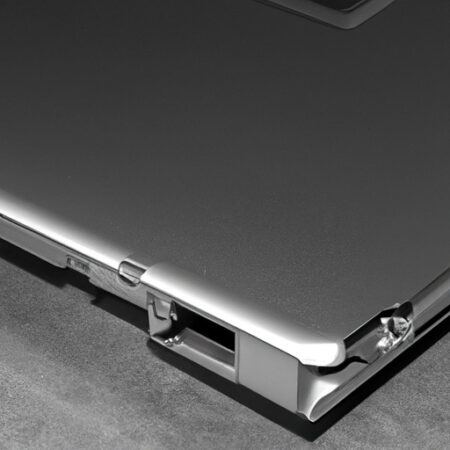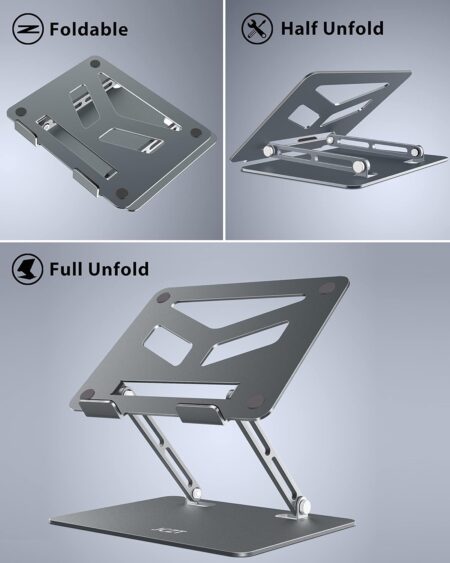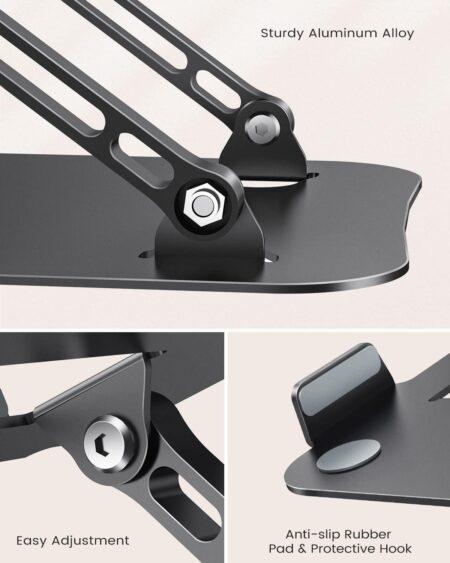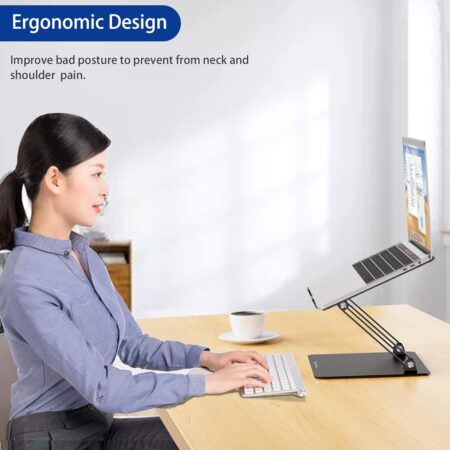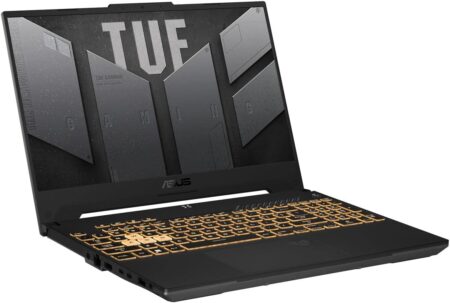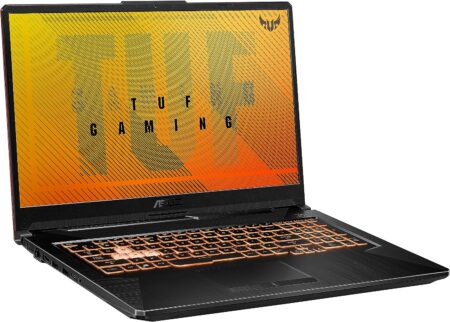The CPU’s cooling system is a problem for most computer makers. They believe they must build a strong casing while picking the CPU that is appropriate for the laptop’s model number.
In this post, I’ll show you how to fix a laptop’s overheating without disassembling it.
The one that works best for the consumer and his practical demands is the most viable option. The fan, which is a component of the computer and also some sort of metal conductors substance made of aluminium and copper are known as the heat sink, which helps to keep PC cool.
Cooling Mechanism of Laptops
The CPU is directly linked to the metal heat sink via compound or thermal grease. The grease does not conduct electricity; instead, it immediately conducts heat.
Some crucial changes are done by the manufacturers to get rid of the heat as much as possible through the fan and heat sink mechanism.
Cooling Mechanism of Computers and Why Laptop is better than Computers?
Computer manufacturers usually provide two fans in their hardware structure but people are rarely satisfied with it. So, they go on adding one or more additional fans of high speed. This provides a lot of extra noise which the user has to put up with unless he wants to take the laptop apart.
Copper is a liquid metal used in automobile radiators with exhaust outlets. It’s the conducting fluid circulated throughout the system and motor vehicle radiators with exhaust outlets, which are frequently found in cars. Getting rid of heat directly implies increasing the system’s operating speed faster.
External Cooling fan is good to go with?
An external cooling fan can be plug-in or USB powered depending upon your portable computer’s compatibility. In this case, you should purchase a cooling pad that has a built-in cooling system and it also provides an extended keyboard space for comfort.
Purpose of Vents?
Vents are purpose-built components that allow the fan to suck cool air from the bottom of the gadget, force it above the heat sink, and send it below to its side or rear for cooling.
Rationale
The major difficulty continues for the most part, and particles have blocked the ventilation fan and exhaust port for the radiator.
It is for the system that limits airflow and cooling. It’s simple to clean out the vents and fan with air and brushes for earbuds, as well as the Q-tip in cleaning away dust.
The computer’s fan may also be a source of concern. When the system gets hot, or even hotter than usual, there is another problem that arises. Because of this, they cause the system to overheat more quickly by drying the thermal compounds. Many CPU versions have an embedded cooling system that protects against overheating.
Dust can have a detrimental effect on the operation of laptop computers. The overheating problem can be solved by dusting out the dust and grime. Replace the thermal grease and mix everything up again.
It might become sluggish and ultimately shut down for no apparent reason and without warning. It generates a large amount of useless data and corrupted email files.
- Damage to the CPU’s internal components is often excluded by the CPU itself.
- The effect of a shutdown with no recovery time is that the operating speed decreases bit by bit in the last switch off.
- The computer slows down and then shuts off in an unanticipated way.
- Heat can cause significant issues with laptop computers.
Step-I: Prepare for the process
Back up the data files since it’s unlikely something will go wrong, but it is a necessary step in case of an emergency.
You’ll be able to restore order and apps, as well as data, through this approach. To verify the data files to ensure that they were backed up correctly.
Make sure the backup is stored on a second storage device and not linked to your laptop’s primary or current hard drive.
To prepare a dry and clean working space that has enough floor area. To safeguard it because it is exposed most of the time throughout the procedure, use a dry towel or some gentle cloth. The whole process may last 30 minutes.
Step-II: Gather the tools
- The equipment that disassembles the screws in the event they become misplaced. In certain instances, the deodorant’s cap works well.
- Thermal grease is required. It’s available at a hardware store or a local shop.
- The screwdrivers that are compatible with the laptop’s backscrews.
- Cotton swabs or Earbuds are necessary.
- A thermal grease scraper or tongue depressor is necessary requirement.
- Brush to dust of the dust.
Optional
- Finger cots, rubber gloves, grounding wires or earth straps are needed.
- Some alcohol wipes
Note:
The total time needed for the procedure will be 30 minutes. It’s a significant discount and prevents you from buying a new
Step-III: Remove Back Cover & Battery
After backing up the data and all relevant data files, Remove the battery, unplug the power cable, and then turn off your laptop. Follow these steps to perform a hard drive recovery:
- The battery releasing procedure is determined by your laptop’s model number.
- Clear all the relevant parts of your laptop.
- Debris on the fan must be removed and combined with the RAM of your device.
Conclusion
There are numerous methods to prevent a laptop computer from overheating. The issue of overheating is critical, and it can cause damage to the laptop’s internal components. Prevention is typically preferable and better than cure. A laptop may easily have prevented a significant loss rather than replacement with a new one.
Always set the laptop on a hard or flat surface. Laptops have limited air ventilation when covered with clothing, blankets, or quilts. Reduction of heat buildup improves the CPU’s performance. It frequently lifts the laptop and uses fans to move air inside the bottom compartment. Keep monitoring the temperature from various locations around the CPU.
Alcohol wipes are ineffective in removing thermal grease. It spreads everything out and makes a huge mess all-around to clean. The grease is a dried substance that must be removed with a dry cloth or air. Vents may be cleaned using a brush and a hairdryer to remove any debris. It’s important in keeping components from overheating.

